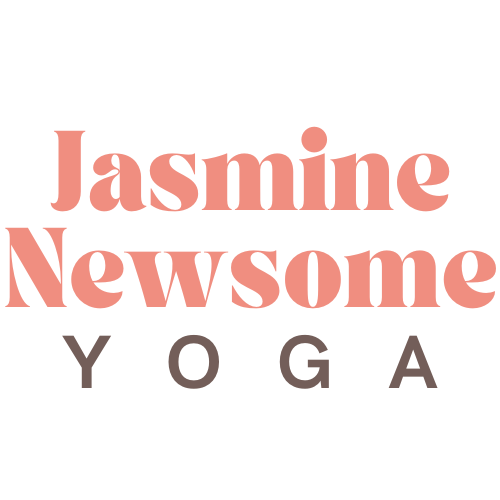What is Vinyasa Flow?
Vinyasa Flow Yoga holds an indisputable position as the most popular form of postural Yoga in Europe and the USA. Almost all studios (unless specialised) have some form of Vinyasa on their schedule, with derivatives of Viny Flow often making up a healthy portion of the timetable too. If yu do Yoga, there is a strong chance you’ve done a Flow class before, but other then ‘moving with breath’ do you know what Vinyasa Flow actually is?
If you're scratching your head or stroking your beard and thinking, "Hm, what is it, actually?" then fear not my quizzical friend, because this is exactly the question I want to get into bed with. Gird your loins and get prepare to come away well and truly clued up, ready to impress all your mates with both your forward folding capabilities and your knowledge.
To start from the very beginning let's understand the meaning of the word. Vinyasa is (unsurprisingly) a Sanskrit word. Like most Sanskrit words, you can take it into pieces and as a result find the root of it’s meaning.
The beauty of Sanskrit is that it is formulaic and straightforward but also gives space for interpretation. Yoga teacher Nicky Poole defines the translation of Vinyasa by breaking down the elements of the word.
"Nyasa means, ‘to place’ and Vi means ‘in a special or sacred way’. Hence Vinyasa means ‘to place something in a sacred and/or special way.’
Often times in the contemporary Yoga-sphere “the special way” part of the translation is bound up with the concepts of moving with the breath with specific attention given to the nature in which we move. In more general terms, a Vinyasa Yoga practice should encourage you to move with mindfulness rooted in your breath and a sense of awareness that (via practice) becomes baked through the body. Vinyasa practices are dynamic by nature, but you will find some are more active or challenging than others. Some will invite you to move and breathe more quickly whilst others will invite you to slow your breath right down and move conducted by that rhythm.
Vinyasa Flow has many variations. Ashtanga Vinyasa is a fairly contemporary form of Yoga and is often considered the original Vinyasa pratice; it is the root from which almost all other Vinyasa practices stem. Some types of Vinyasa Flow include Jivamukti, Power, Baptiste, Prana Flow, Rocket, Tantra Flow and Mandala to name a few! Not only does Vinyasa vary depending on the subcategory but of course it varies from teacher to teacher, so it's always worth exploring different teachers to see what practice you enjoy the most. Unsure if a class is Vinaysa based? If you spot the word 'flow' in the title then it likely has a Vinyasa element to it.
You may have also heard a teacher in class use the ubiquitous term, "take a vinyasa" referring to a flowing sequence of postures taken between sequences or as part of a Salutation. This Vinyasa is very often Chaturanga into Up-Dog and Up-Dog into Downward Dog, but it is not restricted to that sequence alone. Now you know what Vinyasa actaully means, you might feel more empowered to deviate from the typical structure and explore any other movement that places the body in a special way. Child's pose or a lush little spinal roll integration anyone? Extra press-ups in Chaturanga? If you're moving mindfully and placing the body specifically and with intention, you're doing a Vinyasa.
To round up we can also explore the meaning of the word Vinyasa in wider terms and regard how it may apply to life off the mat and how the prctice of VinyFLow can spill off the edges of the mat and into our everyday. Indian yogi and healer Sri Krishnamacharya (1888 - 1989) is often tauted as the father of modern day Yoga. He used the word Vinaysa as we do, but also as a way to describe the mindful and considered manner in which one can live their life. Moving with the natural flow of nature, moving through the world by paying special and sacred attention to ones choices, actions, interactions and so on.
The implication is that when we live life in this way, we become more aware and more tuned into the rhythm of life. By viewing our own life-cycle as a series of Vinyasas within one long Vinyasa perhaps we can create a better container for life's intelligent unfolding and find deeper meaning through this. By practicing this flowing style of Yoga we might be learning a bigger lesson - how to flow through our lives with ease and trust that all is moving just as it should.
